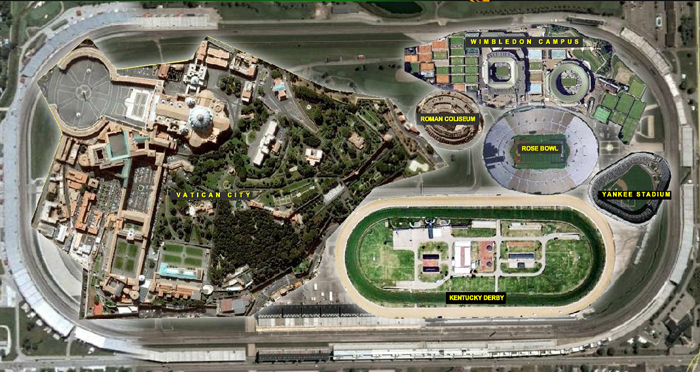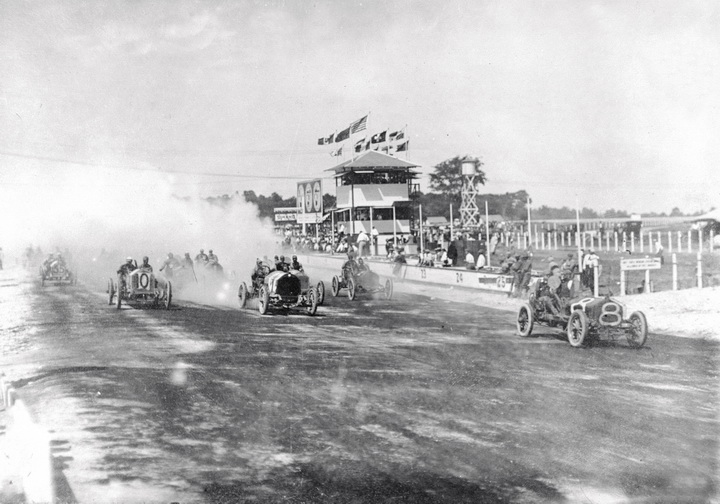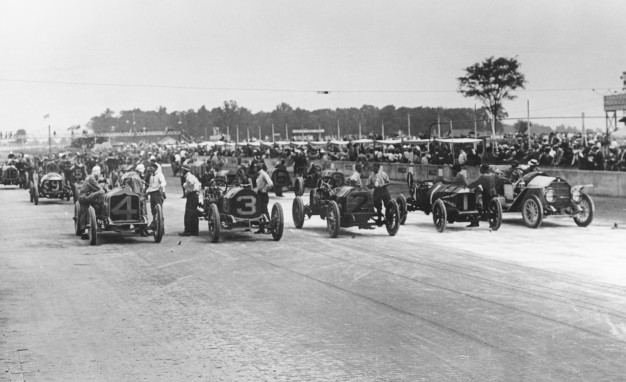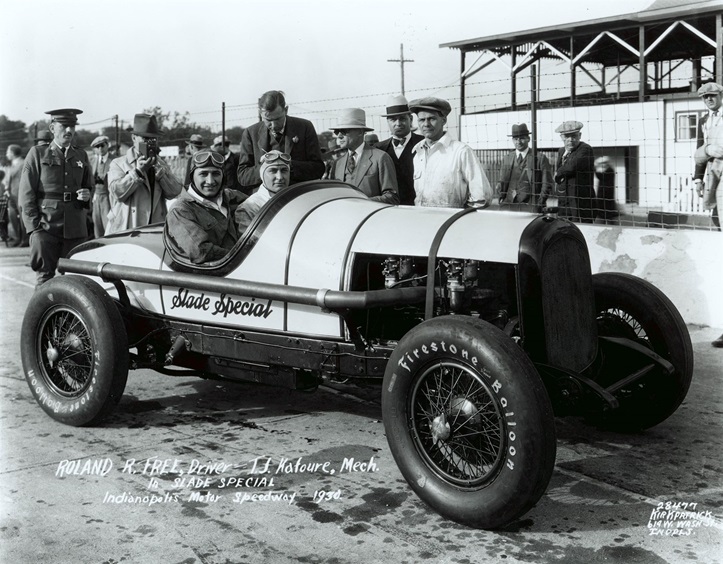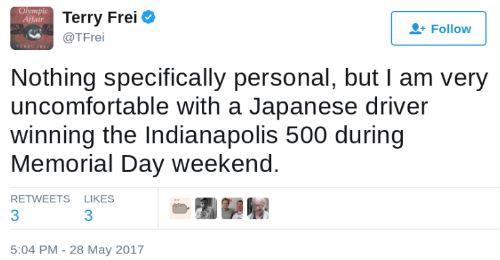This year, the first Japanese driver, Takuma Sato, won the Indianapolis 500, only 107 years after the first race.
It was 1911, the first time the cars of Indy screamed around the track. Back then it was a different event, one that didn’t take long to turn into an industry.
When Carl Fisher, a car dealer from Indiana first imagined the racetrack we know today as “Indy, he never could have imagined the enterprise that would arise around his little test track.
Racetrack Trivia
On race days, fans pay on average $128 per seat. The city of Indianapolis processes an estimated $300-million from the event. On race day, fans consume about 24,000 pounds of fries.
They eat them in the world’s largest spectator sporting facility, big enough to house Churchill Downs, Yankee’s Stadium, the Rose Bowl, the Roman Colosseum, and Vatican City within its border.
It’s 253 acres of land. To make the big race 500 miles, it takes cars 200 laps on the 2.5-mile circuit. Twice in history, drivers have lost their lead in the 199th lap.
Had they not lost, they would have won a sterling silver trophy, the Borg-Warner, which cost $10,000 to make in 1935 but is now worth over a million dollars. Today’s winners take some prize money: $2.5 million.
It’s safe to say this much more than the event Fisher envisioned.
A Test Track
The problem with testing cars around the turn of the century was the crummy roads. If we paved roads, they were bumpy cobbled affairs. There was no good place to test the performance of new cars, so Fisher proposed a testing facility in 1906.
At that time, the racetrack was far from the city of Indianapolis. It wasn’t exactly in Detroit either. None of that mattered once they got the cars to the track.
Between 1909 and 1911, they did exactly that. Manufacturers pitted their cars against one another to showcase their engineering.
Spectators, at the time, were more of an afterthought. It wasn’t until Fisher and his partners decided to organize a more formal race that they started to see the potential.
That was in 1911…
The 500
On that first race day, 40 cars lined up on the starting line. They would battle for over six hours to win first prize, over $14,000.
The man who took it was Ray Harroun, the guy who first used a rear-view mirror. At the time, drivers rode with a mechanic, a rider whose primary job was to advise the driver of what he couldn’t see.
Harroun eliminated the mechanic with a mounted mirror. It barely worked, shaking too ferociously to use, but the loss of dead weight gave him enough edge to take the prize.
The runner up to that first race, Ralph Mulford, argued that he won the race due to an accident 13 laps into the race, but organizers didn’t agree.
Harroun retained his title as the first winner.
Progress
Competition in the race immediately increased. Harroun average 74.59 mph to win the first race. By 1922, that pace would have landed him in 10th place.
By 1930, the race would look much like it does today. Only drivers backed by money and technology would race. The cars were all specially designed for that race.
Fisher’s dream of a testing track was on its way to being something so much more.
The win by Takuma Sato resulted in the termination of one reporter for the Denver Post, Terri Frei, whose employer felt his racist tweet warranted action. Frei has since apologized, but who cares? Moving on…There is something so American about an event where anyone with the guts to compete can take it all.
Sources: forbes.com, newsday.com, indianapolismotorspeedway.com


